Related Content
Content
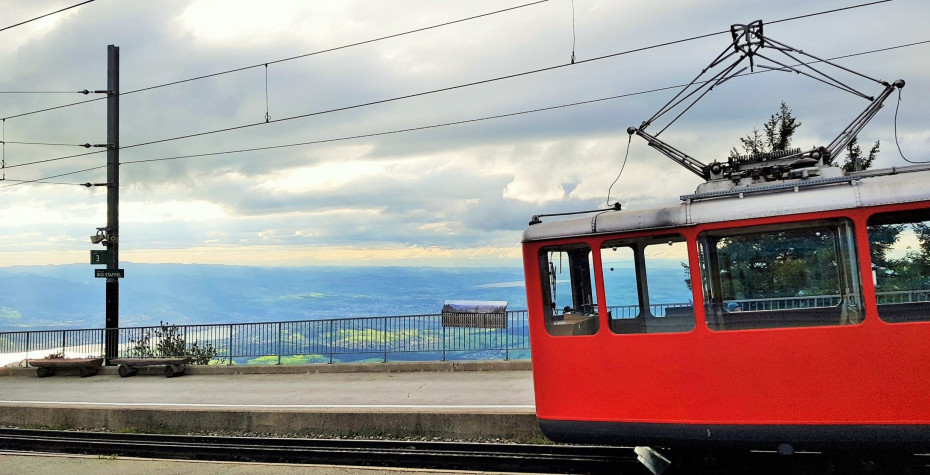
Ten things worth knowing about Swiss Mountain Railways
These tips will help make the experience of travelling on Switzerland's beautiful railways as easy and as fabulous as possible!
Share
SMTJ is a big fan of exploring Switzerland by train, particularly with a rail pass, so these tips and info for travelling on Swiss mountain railways, should help you make the most of your train travel adventure.
The info below should help make sense of the Swiss Railway network and hopefully enhance the incredible rail travel experiences that await you!
1. Understanding the network
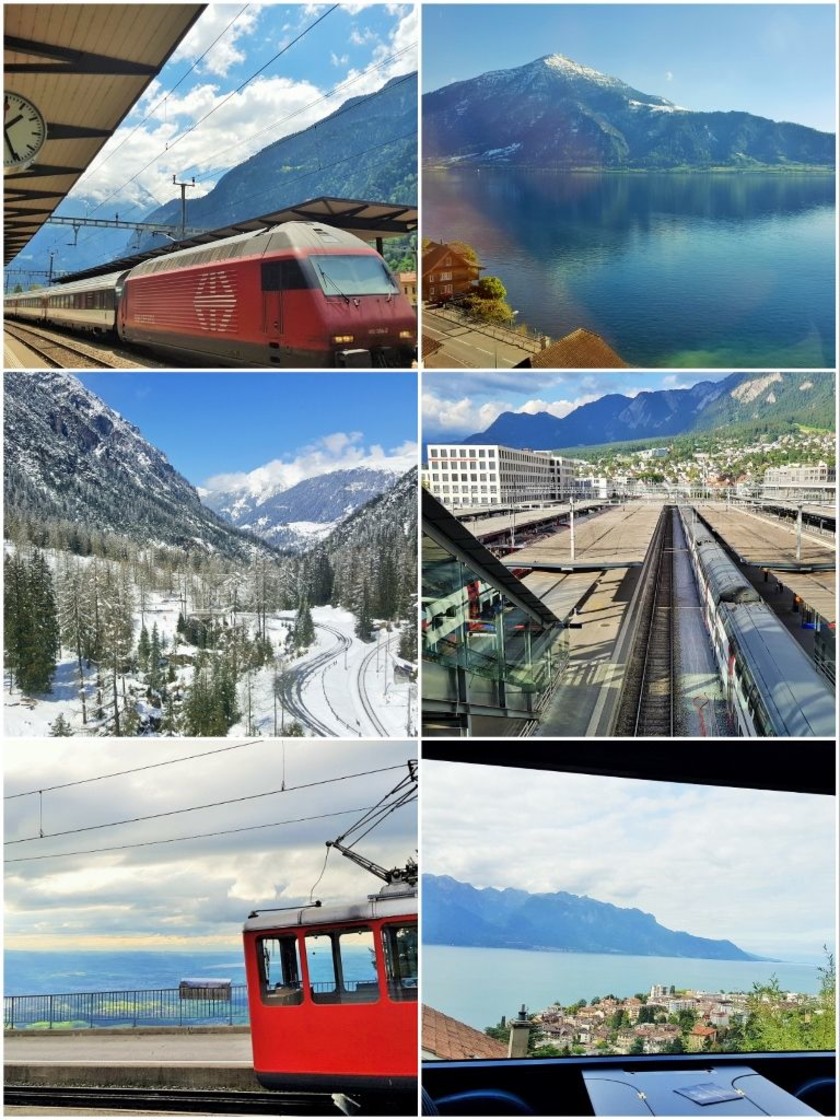
What makes travelling in Switzerland by train unusual is that the Swiss national rail operator SBB, doesn't operate the vast majority of the country's special mountain railways.
Instead the mountain railways are operated by a plethora of independent private companies, therefore each of these companies sets its own timetables and ticket prices.
Though something which makes exploring Swiss Railways such a joy, is that the distinction between these different railways is somewhat blurred form a traveller's point of view.
Book journeys with national operator SBB
SBB's online booking services sells journeys which involve SBB trains + plus a journey on the independent railway - and all of the types of the rail passes that can be used in Switzerland allow for travel on both SBB's trains and most of the independently managed railways.
The timetables tend to be arranged to provide as straightforward connections as possible between SBB's trains and the other train services.
Though if you want to travel solely on an independent railway, it makes sense to use its respective website as your primary source of information.
2. The tickets:
Most of the Swiss independent railways don't sell tickets online, but as discounted tickets for standard point-2-point journeys are not typically available, you usually won't lose out if you book last minute at the station.
Though the exceptions to this are now journeys on the trains operated by MGB and RhB.
If you will be travelling to/from the independent railway by standard mainline trains, a good option can be booking a through journey on the SBB website - which includes the mainline train AND the mountain railway train.
When making an end-to-end journey, booking this type of through ticket can give peace of mind for two reasons:
(1) the connections between trains at stations can be tightly timed, so you can avoid having to book tickets for the mountain railway against the clock;
(2) also at some mountain railway stations you can only purchase tickets from the ticket machines, and the machines don't always have English language options.
Saver Day Passes
If you will be making a long distance end-to-end journey, or want to take an itinerary which involves taking multiple trains in a single day, it's likely that Saver Day Passes will be a cheaper option.
Though they can't be booked last-minute at stations, so it's best to book them online at least a day ahead of your travel date, though the earlier you book the more you will save.
However, if you don't purchase a Half-Fare card, prior to booking a Saver Day Pass, you won't benefit from any discount when using a Saver Day Pass on the following railways:
- The BRB between Brienz and Rothurn
- The GGB between Zermatt and Gornegrat
- The JB between Kleine Scheidegg and Jungfaujoch
- The MG between Capolago and Generosso Vetta
- The PB between Alpnachstad and Pilatus-Kulm
- The SPB between Wilderswill and Schynige Platte
- The WAB between Grindelwald or Lauterbrunnen and Kleine Scheidegg
Though if you do have a Half-Fare Card, and then book a Saver Day Pass, you will receive the same discounts on these railways that Swiss Travel Pass users can benefit from.
These are in effect the railways on which a Swiss Travel Pass users only qualify for a 25-50% discount.
Booking at the station
Or if you want to wait until arriving in Switzerland before booking a ticket, go to a SBB ticket desk and book a ticket for the end-2-end journey which includes the SBB train + the journey on the independent railway.
However, if you want to take a journey(s) which solely involve travelling on an independent railway, when planning a trip, before you book a ticket(s), it can be worth seeing what package deals are available on the railway company websites.
You can often save money if you combine a train journey with a journey on a cable car, or a lake cruise.
3. The Special trains:
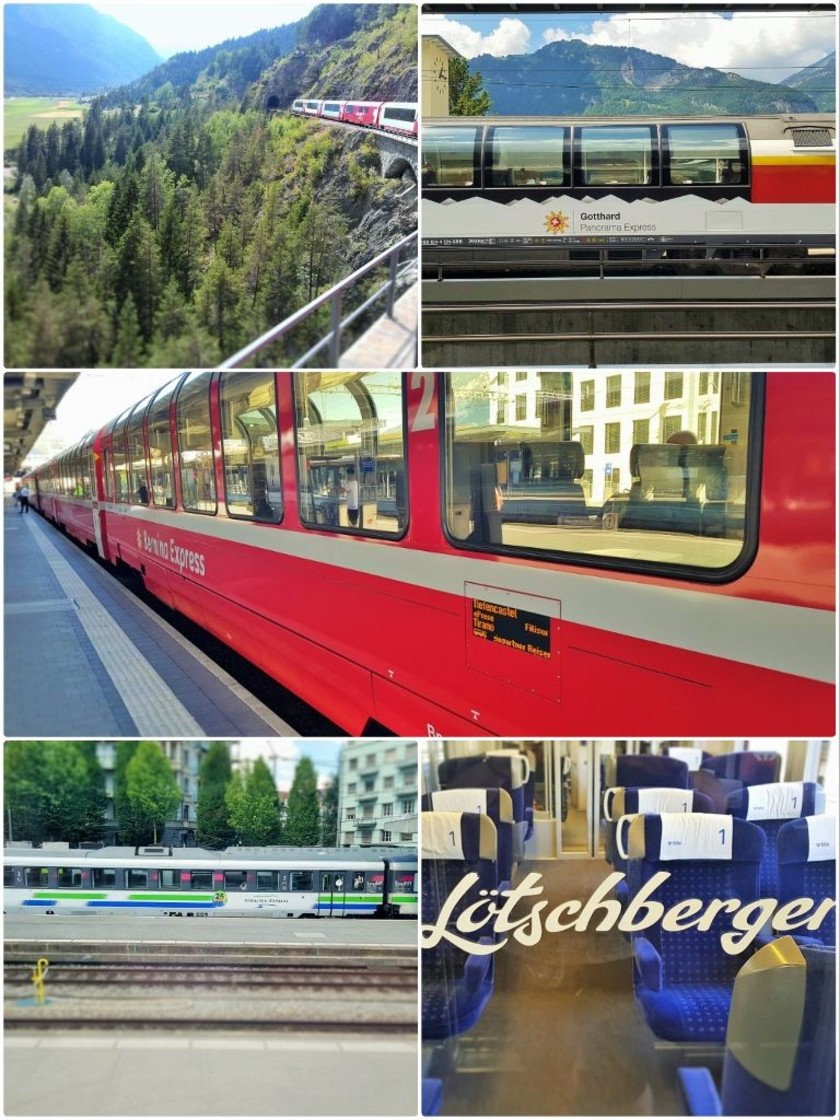
There are special train services, which can make exploring the Swiss mountain railways easier because they travel comparatively long distances, so save the need to change trains.
Not all of these trains require special tickets (which unusually for Swiss mountain railways) can be booked in advance - though the trains which do fall into this category include The Bernina Express and The Glacier Express.
However, other particularly convenient trains don't require a reservations or advance booking.
Because they can be worth targeting, these less well-known services are highlighted below; they're particularly useful if you will be exploring Switzerland with a rail pass.
Not only can you see multiple routes on a single train ride, as these trains link different regions of Switzerland, they can provide useful connections between different mountain railways, which makes following an itinerary much easier.
The Voralpen Express:
The Voralpen Express provides a direct service between St Gallen in north-east Switzerland and Luzern in central Switzerland.
These Voralpen Express trains also call at Pfaffikon station, which has frequent trains to/from Chur and Landquart - and both of those stations have connections with Rhaetian Railway (RhB) trains, which follow multiple spectacular routes to the likes of Davos, St Moritz and Klosters.
So The Voralpen Express provides a useful, albeit indirect, link between the Rhaetian Railway and the Zentralbahn (ZB) Railway - because at Luzern station, these Voralpen Express trains connect with ZB's trains, including the 'Luzern - Interlaken Express' services.
The Voralpen Express trains also calls at Arth-Goldau station, which has a direct connection to the Rigi Bahn.
Also brand new and very smart trains are being introduced to these Voralpen Express service.
Luzern - Interlaken Express:
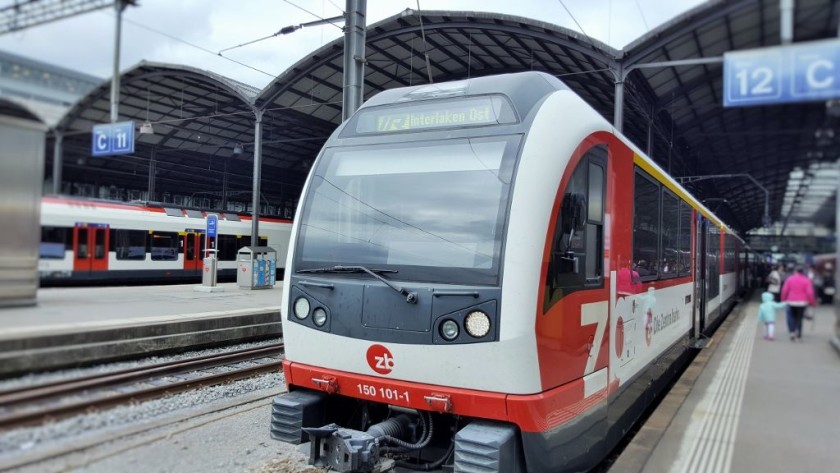
The Luzern - Interlaken Express lives up to its name by providing a highly useful link between Luzern (which has direct trains from Bellinzona, Lugano, St Gallen and Zurich) and Interlaken Ost station, which is where the trains into the Bernese-Oberland depart from.
Interlaken Ost is served by direct trains to and from Basel, Bern, Thun,Spiez and Zweisimmen.
The Lotschberger:
We've cheated slightly by the including The Lostchberger trains on this list, because they're not the only trains to provide a direct link between Brig and Speiz; but what makes taking these trains a must, is that they are the only services which still take the older and much more spectacular route between them through Kandersteg.
Brig has connections with MGB trains and Spiez has connections to Interlaken Ost (see above) and Zweisimmen.
At Zweisimmen you can connect with MOB trains to and from Montreux.
The Golden Pass Express
The online booking facility on the Golden Pass Express website is primarily a reservation service and not a ticketing service - though as explained below it can be possible to use it to book the reservations + tickets in the one transaction.
Good to Know
- On the Golden Pass Express seat reservations are optional for those who will be travelling with First or Second Class tickets.
- In contrast they are mandatory when travelling Prestige Class.
- They are also mandatory for Rail pass users so need to be booked prior to boarding if you will be travelling with a a valid Swiss Travel Pass, a Saver Day Pass, Eurail Pass or Interrail pass.
- Reservations can be booked for travel up to 92 days ahead of the travel date, but tickets can only be booked from 2 months ahead.
- If you use the Golden Pass Express online booking service to book a reservation up to 2 months ahead of the travel, the tickets will automatically be added to the booking.
- If you won't need a ticket, because you have already booked one, or because you will travelling with a rail pass, it can be removed from the shopping cart, either by editing it, or by using the 'Reductions' options.
- The additional supplement for travelling in Prestige Class is automatically included with the price of the reservation - rail pass users can book reservations in Prestige Class and pay the charge for the reservation + the supplement.
- Seats have to be selected on seating plans when making the reservation.
So if you want to travel in First or Second class with tickets, it can be a good idea to visit the online booking service to check the seating plans, as they will show which specific seats are available per departure without the need to book.
If window seats or the seats in general are becoming fully booked, you can then opt to make the reservation
4: The different types of railways:
Some of these independent railway lines are in effect branch lines - they travel between a junction station with another railway and a mountain summit and/or ski resort.
Companies operating this type of line include; AB, BAM, CGB, MVR, NStCM, PB, RB, SOB and TPC.
Note the abbreviations that have been used to designate each line/company.
Other independent railways connect multiple towns/cities and provide useful (but spectacular) networks and links between different regions of Switzerland.
Companies operating these lines/networks include:
The Bernese - Oberland network:
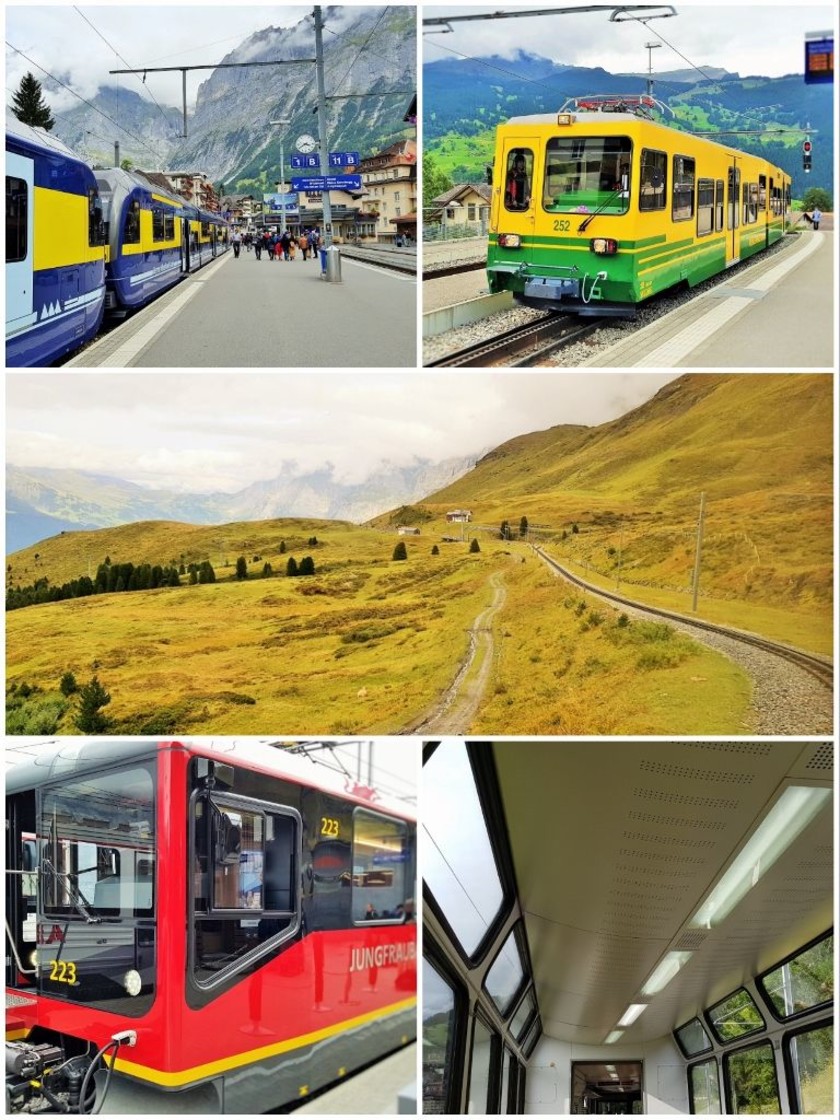
There is also a network of connected independent railways accessible from Interlaken - they are the BOB, BLM, JB, SPB and WAB.
You need to use this network of lines to travel between Interlaken and Europe's highest station at Jungfraujoch; and more info on how to take this journey of a lifetime is available HERE.
5. Following the Golden Pass route:
If you will be travelling with a rail pass, the full 'Golden Pass route' between Luzern and Montreux via Interlaken, is a fabulously scenic and useful connection between central Switzerland and Lake Geneva; a great alternative to the direct IR trains between Luzern and Geneva.
And rail pass users don't have to pay any additional fees to travel on any of the regular trains along the route.
The Golden Pass Express now provides a direct service between Interlaken and Montreux, but the higher price to travel by it, can be easily avoided with connections in Spiez and Zweissimen which couldn't be more straightforward.
East to west the full route by regular trains is:
(1) The Luzern - Interlaken Express from Luzern to Interlaken Ost (sit on the right)
(2) Any train on from Interlaken Ost on the short but lovely journey from Interlaken Ost to Spiez (sit on the right)
(3) A BLS local train from Spiez to Zweissimen (sit on the left)
(4) MOB trains from Zweissimen to Montreux; board any train, the departures at 12:02 and 17:02 will be 'Belle-Epoque' trains.
So reverse the combination when travelling west to east.
When travelling from Luzern to Montreux the end-to-end journey will typically take around 6hr 5mins.
In the other direction when travelling from Montreux to Luzern the end-to-end journey will typically take around 7hr 5mins; because the waiting times between trains are longer.
6. Itinerary ideas:
If you want to tick as many of these independent mountain railways off as possible, on a fabulous rail pass itinerary, then basing yourself in Basel, Bern, Olten* or Zurich can be a good idea.
Fast trains connect these cities to all of these mountain railways in under two hours, except for the Centovali/FART line; but a day trip to travel on the Centovali is also highly feasible from these cities.
*Our pick is to holiday in Olten, not only is it the central hub of the Swiss railway network, the town's room rates tend to be much cheaper than the bigger cities.
ALL of the most popular mountain railways can be easily reached from there by either a direct train, or with only one change of train.
7. Using rail passes:
Ticket prices on of these independent railways can seem comparatively expensive, but Swiss Travel Pass, Saver Day Pass, Eurail and Interrail holders can often travel for free or at a discount; details are included within each line's summary.
What can be particularly good value for money are lesser known rail passes which are valid in specific areas:
- the Berner-Oberland Pass can be excellent value for holidays in Interlaken.
- the Tell Pass - is valid on a swathe of railways and cable cars in the area around Lucerne.
- the Léman - Alpes Pass can be a money saver on when exploring around Lausanne.
Switzerland is a comparatively small country blessed with comparatively frequent train services, trains depart at least hourly on virtually all routes - and that includes the independent mountain railways.
So travelling on multiple scenic routes in one day is a lot more feasible than you might assume - and using rail passes on such excursions will save you time and money.
For a general overview of why travelling with a rail pass can be a much cheaper and easier option, than using tickets, look no further than the guide you'll find below
8. First class benefits:
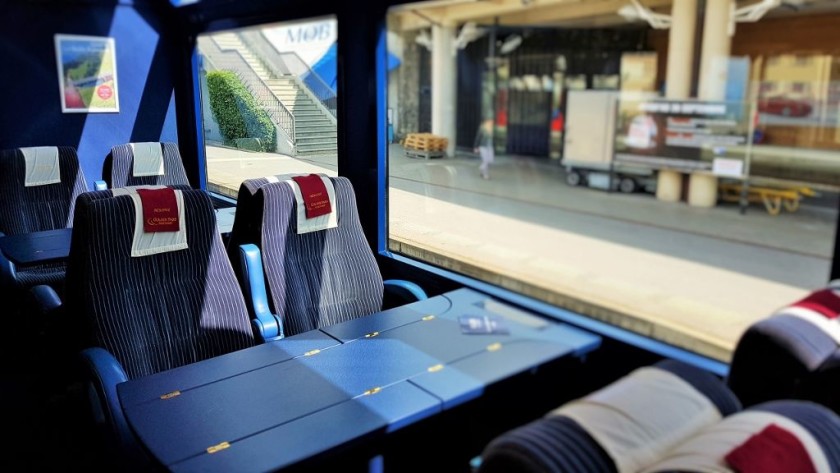
The less obvious benefit of travelling 1st class:
Not all of the Swiss mountain railway operators offer 1st class on their trains, but those which operate the longer routes including MGB, MOB, Rhb and Zb do have 1st class available.
At face value, opting to travel 1st class on these trains is the height of extravagance, because the 2nd class tickets can be fairly expensive, and aside from larger seats, there are usually few other obvious benefits of travelling 1st class.
However, as the benefits of travelling First Class are not particularly apparent, the First Class coaches, when available, are less busy and this is why travelling 1st class can actually be a big plus; particularly if you will be making the journey of a lifetime.
Seat reservations aren't available on the the majority of Swiss mountain railway services, but the trains can be exceptionally popular.
SMTJ has made several journeys by Swiss mountain railways, on which travellers have had to stand in 2nd class, because no more seats were available, while a 1st class coach conveyed only a handful of travellers.
Better access to the incredible views
But the extra comfort and the peace of mind of a near guaranteed seat, aren't the only factors which put ticks in the 1st class box.
The primary advantage of travelling 1st class on a Swiss mountain railway is the guaranteed access to the best of the views.
Because 2nd class can be very busy* on these trains, your chances of having a window seat will only be at best 50%, but this is virtually guaranteed in 1st class.
More often than not in 1st class, you'll also be able to shuttle across the width of the train, without disturbing any fellow travellers - so you'll have access to the views on both sides of the train and you won't miss any scenic highlights.
*If you will be travelling 2nd class and boarding at the station where a train commences its journey, it can be worth hanging back, so that you can be among the first to board the next train to depart.
9. Factoring in the weather:
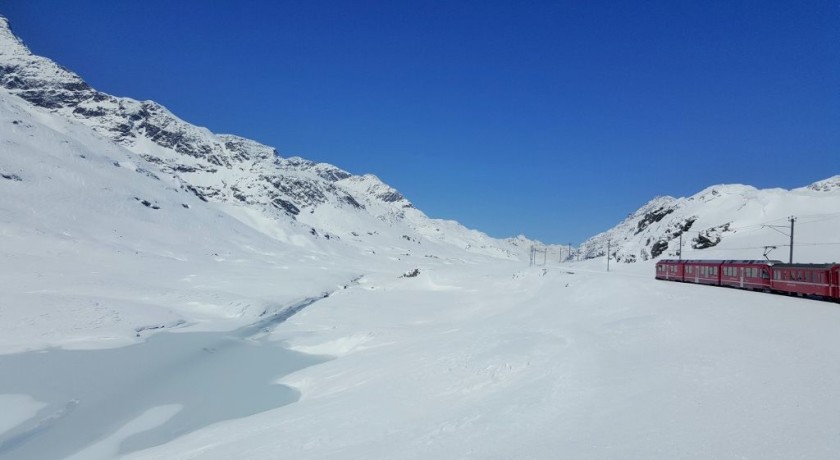
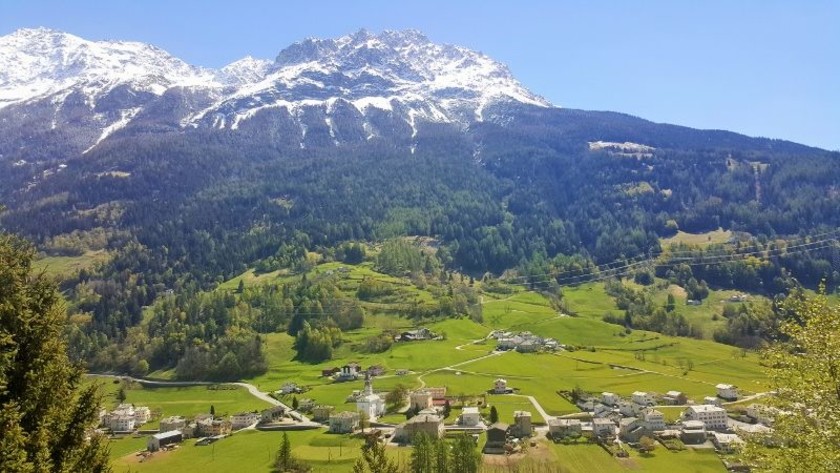
Theose two views above on a train from Tirano to St Moritz were captured within 5 mins of each other!
Check the weather forecast in depth before heading off to explore the mountain railways.
At the risk of stating the obvious, there’s not much point in heading off to appreciate the scenery if the visibility is poor.
In particular don’t assume that because visibility is poor in your location, that it will also be inclement in the area that you want to explore.
In Switzerland the weather tends to vary between valleys, it’s possible to enter a train tunnel in pouring rain and then emerge a few minutes later, on the other side of a mountain, into a sunny day.
Also don’t dismiss making journeys because the weather isn't perfect.
If you want to take photos, then sunny days are best avoided, because the glare of the sun means that usually you’ll only be able to capture great images from one side of the train.
Cloudy days can also make many landscapes more atmospheric.
On days when clouds are obscuring the tops of mountains, explore the lower altitude lines such as the Centovalli (FART) or the ZB Zentralbahn Railway.
Also try to plan a trip to Switzerland, so that you won't be travelling on scenic railways on every day of your holiday, so that you'll have the freedom to take the trains when the weather is right.
If you have a Swiss Travel Pass you can use it to gain admission to a museum or a gallery, on grey days when the visibility is poor.
10. Taking the mainline trains:
You don't have to travel on one of the independent railways to experience stunning Alpine landscapes by train.
The images below have been taken from regular mainline trains, which take these scenic routes through mountainous landscapes:
(1) Zurich and Luzern - Erstfeld
(2) Erstfeld - Bellinzona - Lugano
(3) Belllinzona - Chiasso
(4) Thun - Interlaken Ost
(5) Thun - Visp** - Brig via Kandersteg (the route of The Lotschberger trains)
(6) Lausanne - Montreux - Aigle - Bex - Martigny - Sion - Sierre* - Visp** - Brig
(7) Zurich - Sargans - Chur/Buchs (connect at Sargans for local trains to Unterterzen station - located 5 mins from the cable car station that gives access to the Flumserberg winter sports area)
*Sierre station has bus links to the Crans Montana and val d'Anniviers winter sports areas.
**Visp station has bus links to the Saas Fee and Saas Grund winter sports areas.
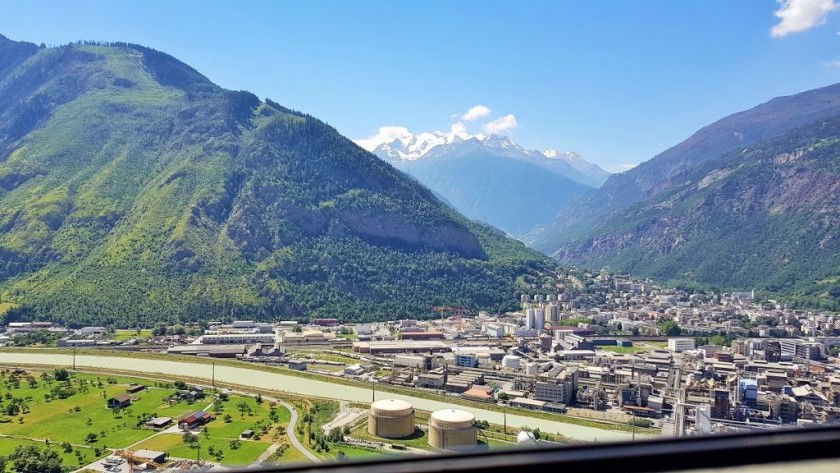
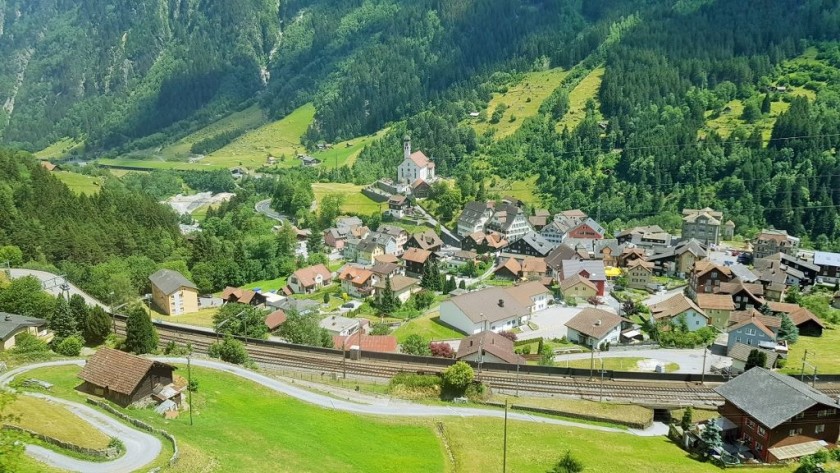
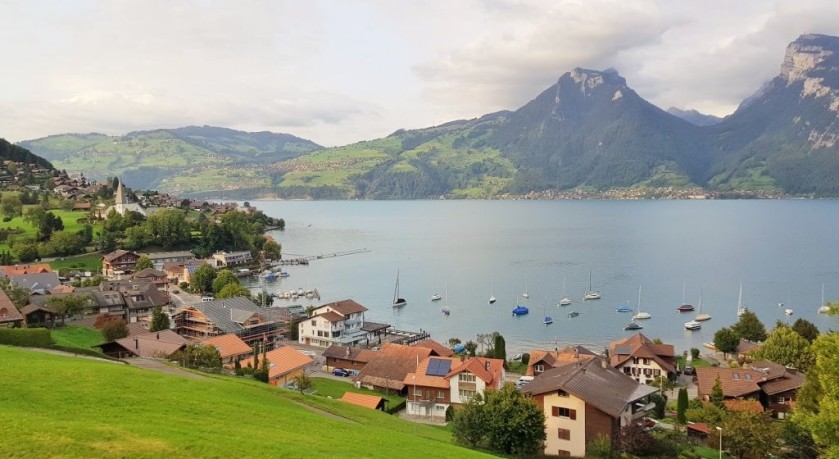
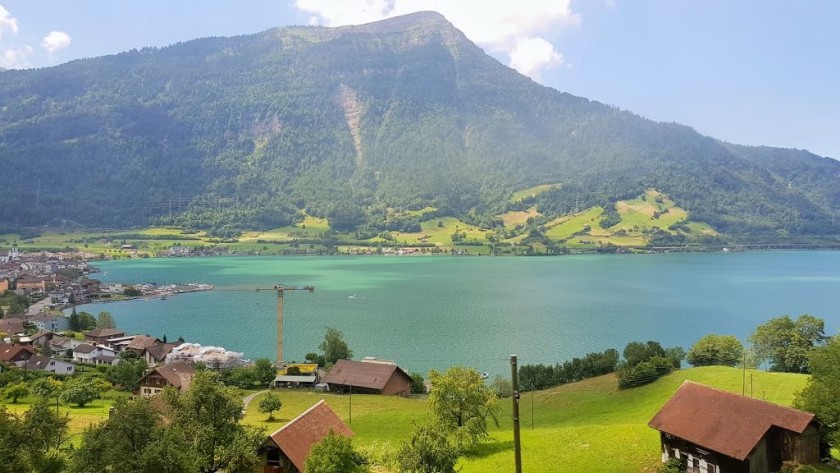
The other Swiss rail travel guides:
Please support ShowMeTheJourney
This second version of ShowMeTheJourney is exciting and new, so we are genuinely thrilled that you are here and reading this, but we also need your help.
We’re striving not to let anything get in the way of providing the most useful service possible, hence a facility has been set up with DonorBox which can be used to support the running costs and make improvements.
Instead of advertising or paywalls, your financial support will make a positive difference to delivering an enhanced service, as there’s a lot of ideas which we want to make happen.
So if you have found the info provided here to be useful, please go here to say thank you.

Simon Harper
I wanted to share my passion for train travel and explain how anyone can take the fantastic journeys I have taken.

This is one of more than 100 train travel guides available on ShowMeTheJourney, which will make it easier to take the train journeys you want or need to make. As always, all images were captured on trips taken by ShowMeTheJourney.
This second version of ShowMeTheJourney is exciting and new, so we are genuinely thrilled that you are here and reading this, but we also need your help.
We’re striving not to let anything get in the way of providing the most useful service possible, hence a facility has been set up with DonorBox which can be used to support the running costs and make improvements.
Instead of advertising or paywalls, your financial support will make a positive difference to delivering an enhanced service, as there’s a lot of ideas which we want to make happen.
So if you have found the info provided here to be useful, please consider saying thank you.







